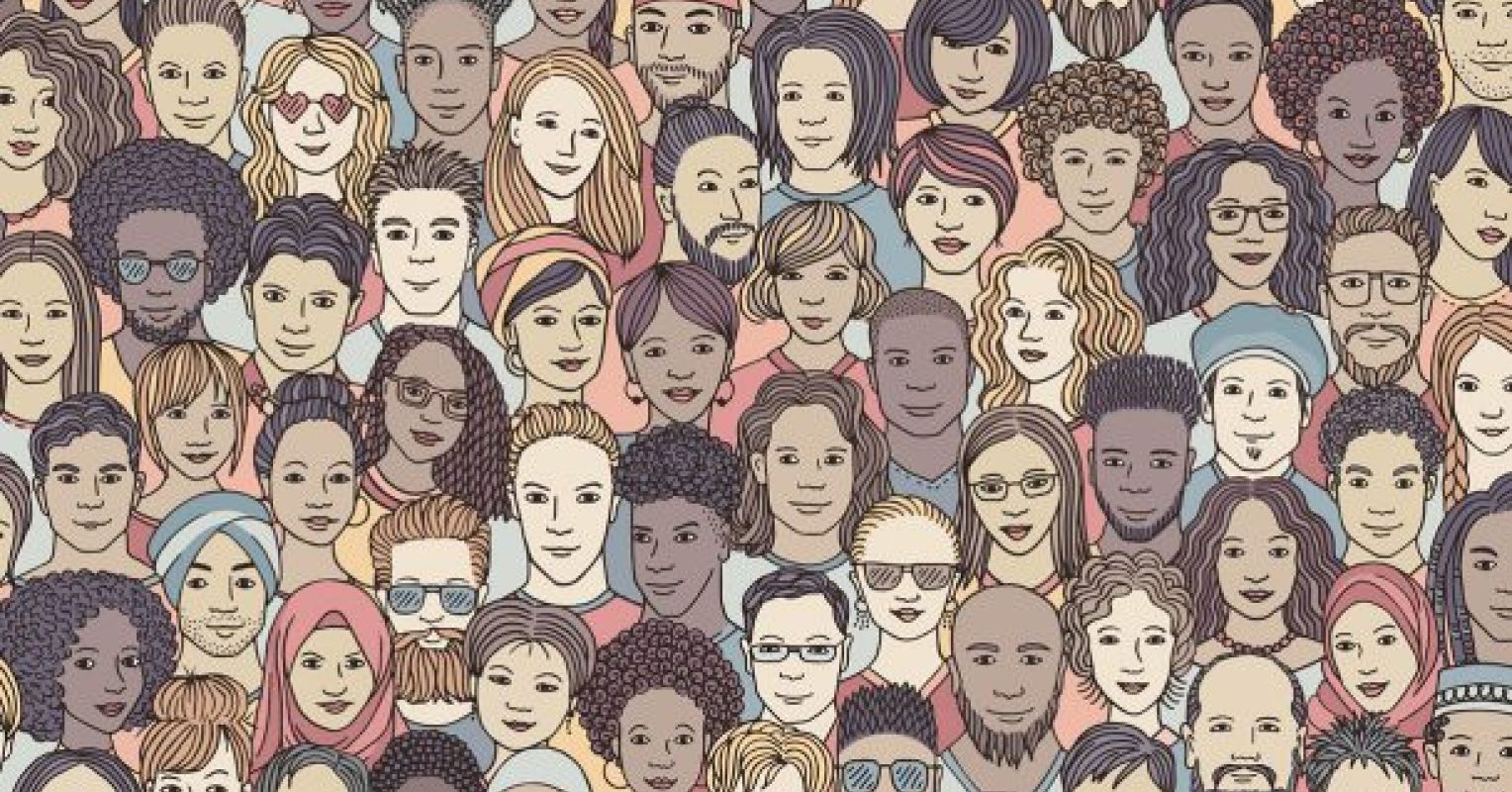
When people gather in large groups, they often act in ways that are different from how they would behave individually. Crowds can be manipulated in many ways. Mob behavior, swarm behavior, and herding behavior are examples of collective behaviors influenced by the mindset of a crowd. Shaping and manipulating crowd behavior is a social engineering phenomenon that has increased as a result of the proliferation of streaming services and large-scale venues that can shape global news and commentary.
Crowd psychology involves analyzing factors such as intensity, interactions, movement patterns, and emotional triggers stimulated within crowds. Companies such as CrowdsonDemand.com, SideHustle.com, and DemandProtest.com can now be hired to stimulate and shape crowd behavior. Demand Protest.com also advertises paid services in the planning of protests.
It is important to be aware of all types of stimuli when exposed to situations designed to influence your opinions, beliefs, and actions. Always be an alert, aware, and informed observer or participant.
Suggestibility is a key factor influencing crowd behavior
Suggestibility is fundamental to influence. The psychology and social engineering of crowds relies on the tendency of individuals to be influenced by external triggers, including social pressures. Receptive crowd participants are more likely to conform to the behavior of others in the crowd. Those who are uncertain or lack clear guidance are especially vulnerable, as professional crowd manipulators and paid activists know. Receptive individuals conform by adopting the attitudes and actions of the group without being fully aware of the consequences of their behavior.
Suggestibility is key in situations where crowds are formed around a strong leader or figurehead aggressively emphasizing an issue. Charismatic leaders can manipulate emotions and actions through speech, gestures, or symbolism. When emotions escalate in a crowd, receptive individuals may feel compelled to join-in, due to the influence of others around them, especially the leader. Crowds can be formed, stimulated, and manipulated through contagious behaviors. Contagious emotions can then be driven by compelling leadership and provocative messages.
Critical thinking necessitates alertness to influence techniques such as:
- Inciting emotions over reason
- Creating and magnifying stereotypes and prejudices.
- Prescribing a compelling narrative
- Establishing a common enemy
- Promoting authority figures and charismatic leaders
- Creating a sense of urgency
- Using iconic signs for subliminal influence
- Selecting and repeatedly reinforcing catchy and persuasive slogans.
- Building crowd density for heightened emotional arousal and collective action
- Aggregating homogeneous crowds for unified behavior
- Molding the environment by mass media coverage, police presence, and the physical layout of the space
- Establishing anonymity by using masks and hoodies, items that decrease individual identity and promote defiant behavior
- Using artificial intelligence (AI) as a social engineering vehicle to influence crowd behavior.
Crowd psychology applies across all fields including entertainment, politics, education, government, commerce, finance, health care and religion. A society that is more aware, and skeptical, is more resistant to manipulation. Edward Bernays, known as the father of public relations and propaganda, famously argued that “…the ideas conveyed by the words will become part and parcel of the people themselves.”
Global social engineering continues to grow, powered by the influence of crowds. So does the need to understand mass media and communications psychology. In a crowd, receptive people shed their individuality and adopt a collective group mind. The phenomenon is marked by the dominance of emotions over reason, the absence of critical thinking, and an increase in susceptibility to suggestion.
Awareness, objectivity, and critical thinking are social imperatives. Understanding the psychology of crowds is vital for navigating and shaping the complexities of the future.
